More than one in four couples in India are overweight or obese: ICMR study
Sun 20 Jul 2025, 01:19:10

A new study from the Indian Council of Medical Research (ICMR), the country's top medical panel, has revealed rising obesity levels among married couples in India, highlighting that more than one in four couples (27.4%) are both overweight or obese.
Based on data from over 52,737 married couples as part of the NFHS-5 (2019–21), this is one of the largest investigations of spousal weight trends conducted in the country.
The findings, published in Current Developments in Nutrition, suggest that couples are unknowingly reinforcing each other’s unhealthy habits.
Whether it’s shared meals high in calories, late-night snacking, sedentary routines, or bonding over food, lifestyle choices often become aligned in a marriage.
“From what we eat to how much we move, partners tend to mimic each other’s behaviours,” noted the ICMR team.
Young, urban couples appear to be most affected.
The study found that 27.4% of married couples in India are both overweight or obese. This means that more than one in four couples share a similar weight status, which is often the result of shared habits and lifestyle choices.
This trend was seen more commonly among wealthier couples, especially those in the richest income group, where nearly 47.6% of couples were overweight or obese. Couples living in urban areas also showed a high rate of weight gain together, with 38.4% of city-based couples affected.
The numbers were higher among couples living in nuclear families (28.9%) and those who were of similar age (28.8%) or had the same level of education (31.4%). Couples who were not doing paid work also showed a higher chance of being overweight together (33.9%).
Media habits also seemed to play a role. Couples who regularly read newspapers (39.6%) or watched television (32.8%) had a higher risk of shared obesity. Similarly, eating habits mattered too, couples who ate non-vegetarian food like eggs (30.7%) and chicken (29.9%) every week were more likely to be overweight or obese.
Geographically, the highest rates of overweight couples were found in the southern (37.2%) and northern (33.5%) parts of the country. States like Kerala, Jammu and Kashmir, Manipur, Delhi, Goa, Tamil Nadu, and Punjab had the
highest rates—more than 42% of couples in these states were overweight or obese.
highest rates—more than 42% of couples in these states were overweight or obese.
The researchers also found that some groups had a significantly higher risk of spousal obesity. These included couples from rich households, those living in urban areas, and those from certain religious groups.
Lastly, eating certain foods regularly, such as eggs (14%), fish (25%), chicken (9%), fried foods (6%), and especially alcohol (98%)—was strongly linked to both partners gaining excess weight.
MORE THAN JUST LIFESTYLE
While diet and physical inactivity are major contributors, cultural and economic forces also play a role.
Dr. Siri M Kamath, Consultant in Internal Medicine at Gleneagles BGS Hospital, Bengaluru, told IndiaToday.in, that overweight is still often associated with prosperity and good health, especially in older mindsets. “Being slim is sometimes wrongly viewed as a sign of weakness,” said Dr. Kamath.
Economically, staples like rice and wheat are heavily subsidised through the public distribution system, while vegetables and protein-rich pulses remain less accessible.
“This makes carbs more affordable and, unfortunately, more dominant in Indian meals,” the expert added.
With obesity being a risk factor for Type 2 diabetes, cardiovascular disease, hypertension, infertility, and even certain cancers, the implications go far beyond appearance—they impact India’s long-term health and productivity.
WHY COUPLE-BASED INTERVENTIONS MATTER
The ICMR researchers recommend a shift in how obesity is tackled in India. Rather than focusing on individuals, interventions should address couples and households, especially those in urban, affluent, and media-exposed environments.
“Spousal concordance in overweight and obesity is strongly influenced by shared socioeconomic status, lifestyle behaviours, and dietary patterns,” the authors wrote. “Public health strategies should prioritise couple-based interventions, especially among high-risk subgroups.”
With over 27.4% of married couples now falling into the overweight or obese category, India must act fast, not just to treat obesity, but to prevent it from becoming a household epidemic.
No Comments For This Post, Be first to write a Comment.
Most viewed from Health
AIMIM News
Latest Urdu News
Most Viewed
May 26, 2020
Where should be the burial of the pilgrims martyred in the Saudi Arabia bus accident?
Latest Videos View All
Like Us
Home
About Us
Advertise With Us
All Polls
Epaper Archives
Privacy Policy
Contact Us
Download Etemaad App
© 2025 Etemaad Daily News, All Rights Reserved.


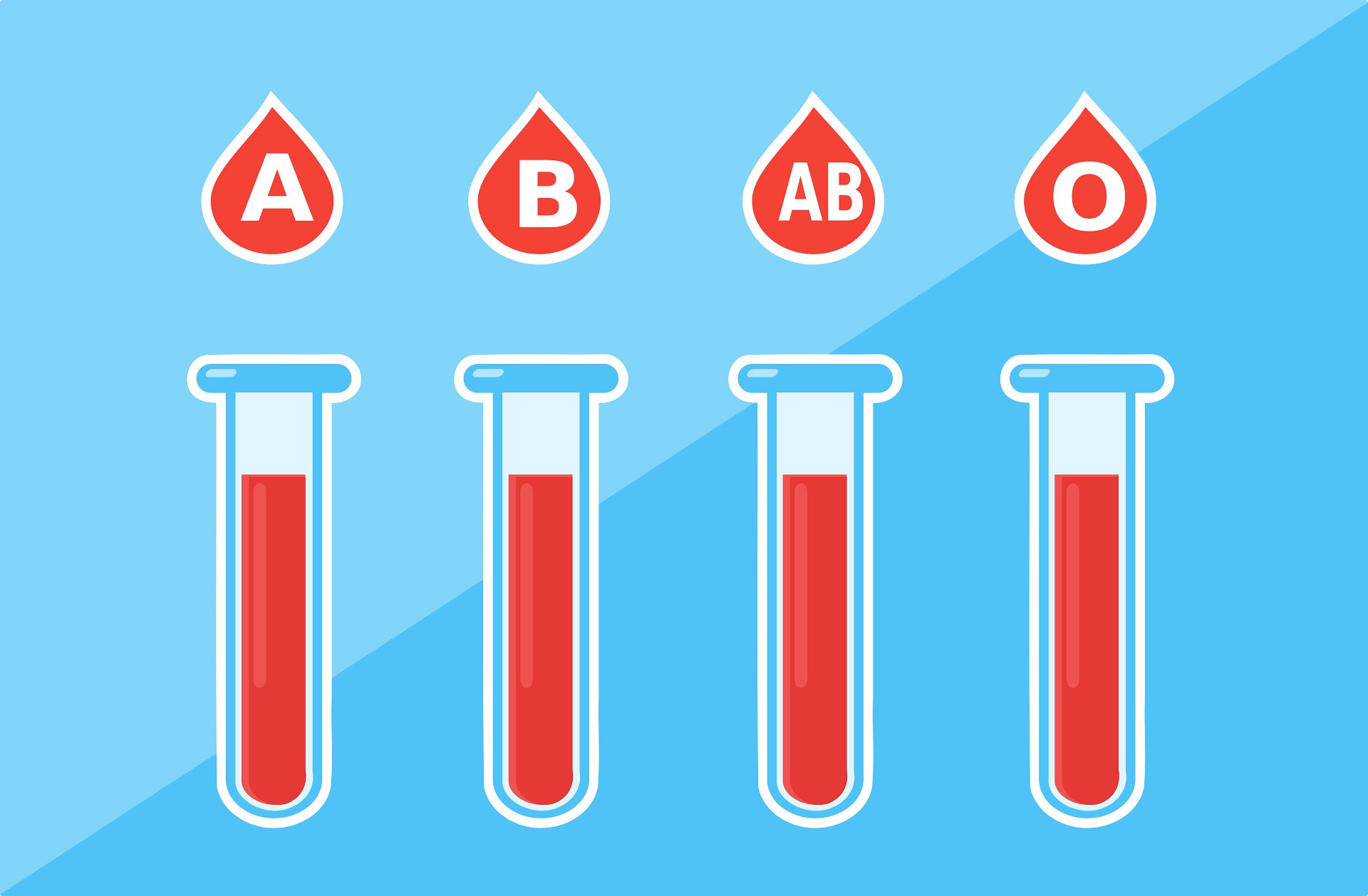


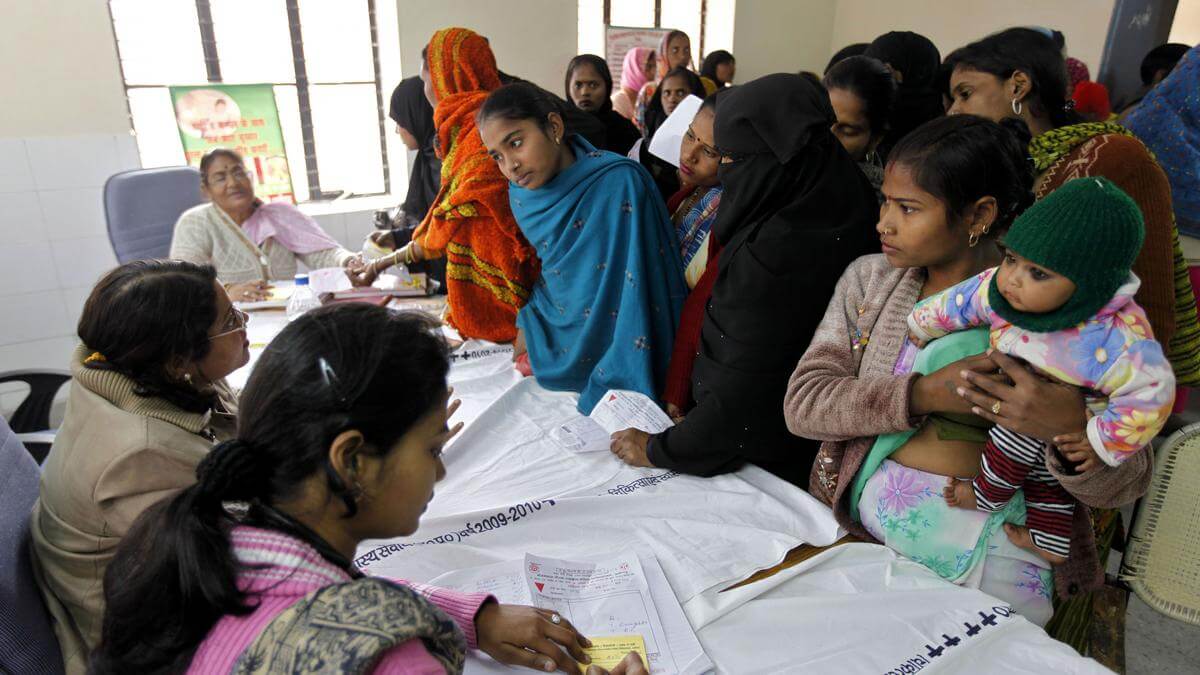








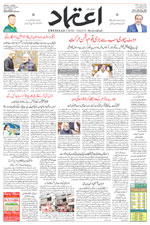




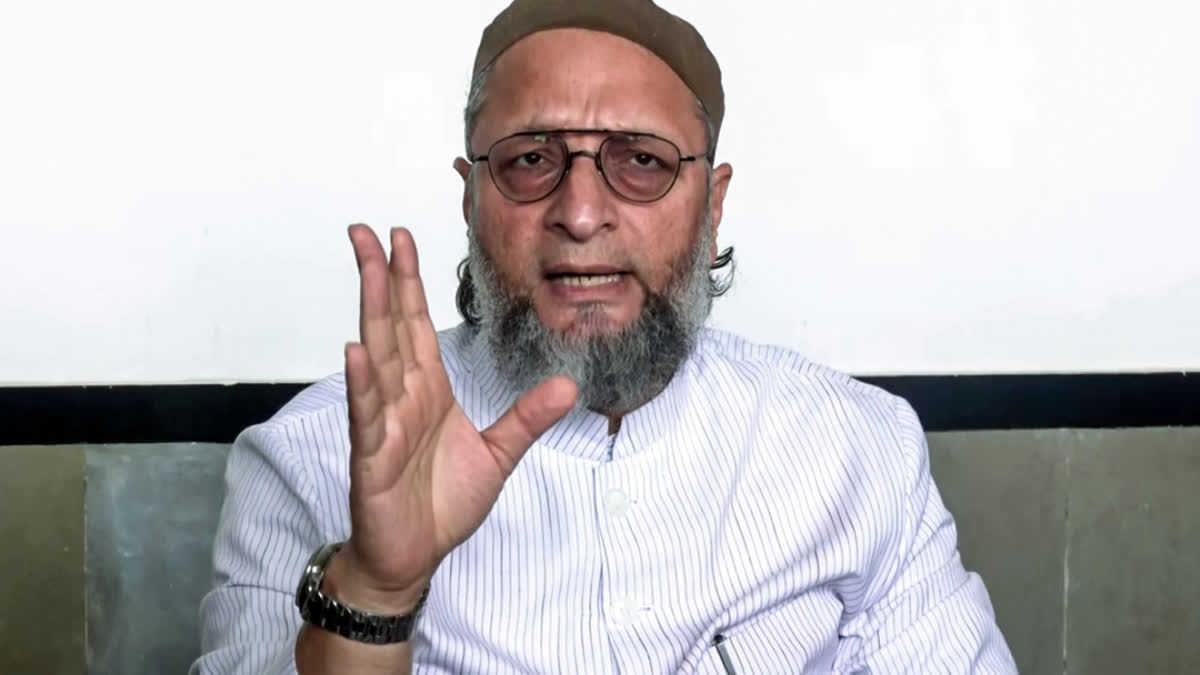
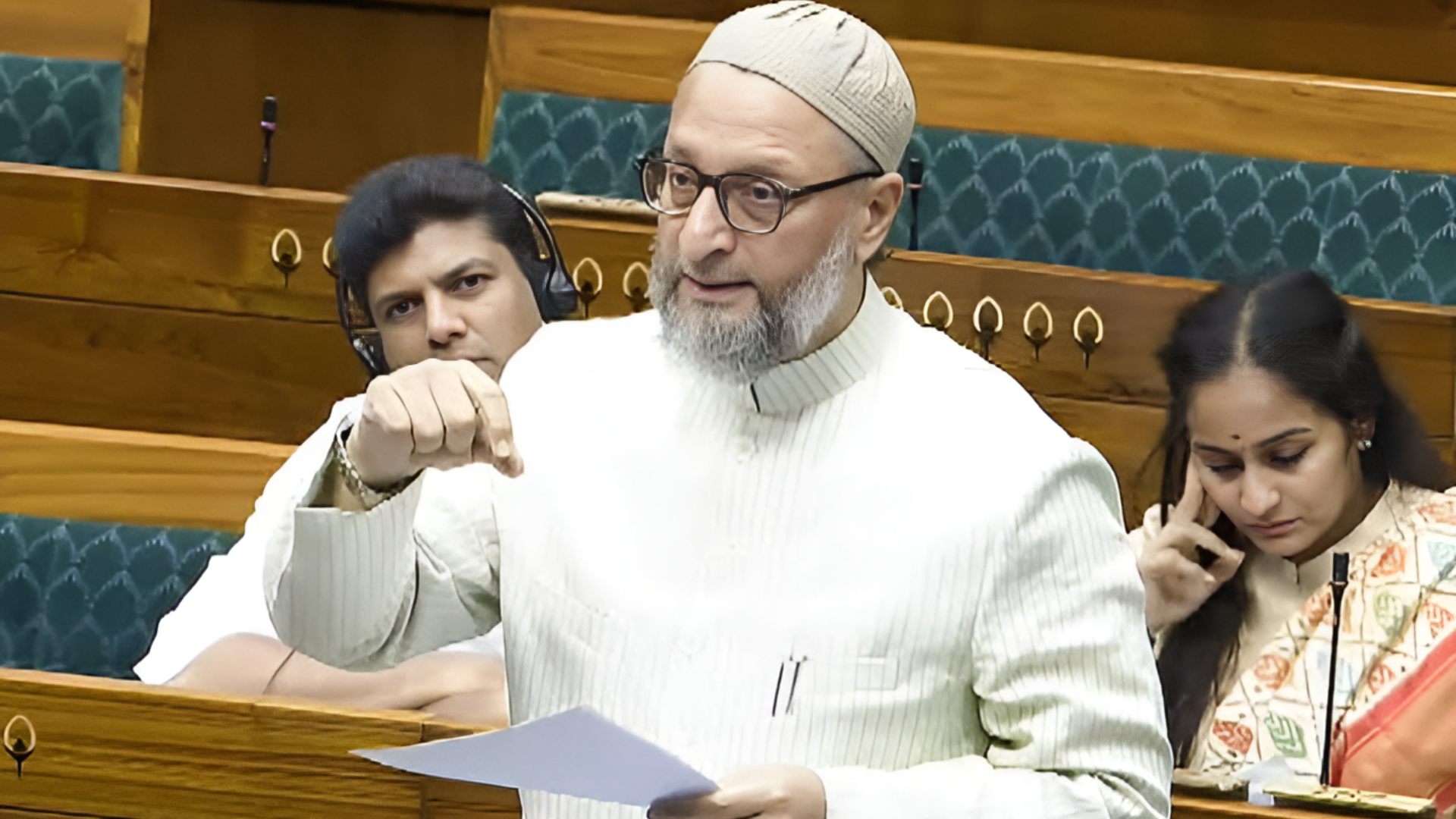
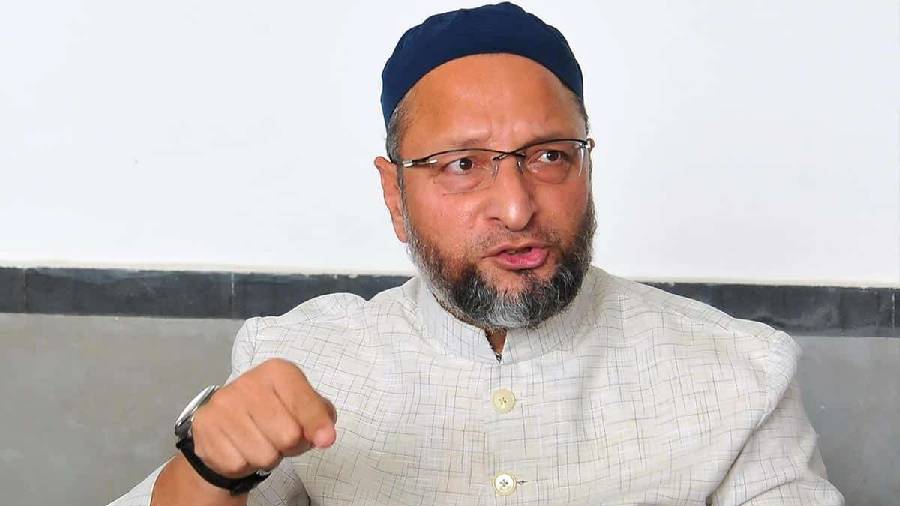
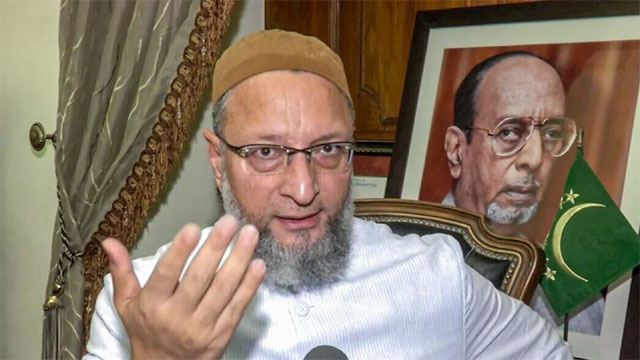
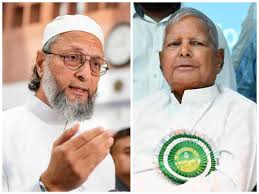
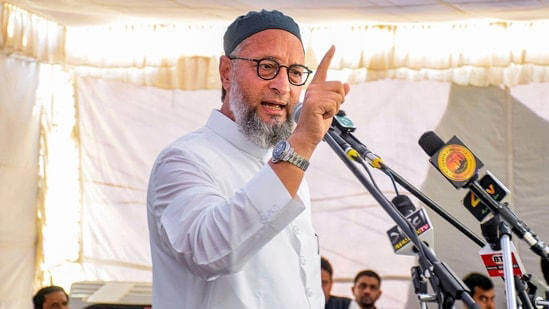
.jpg)
.jpg)
.jpg)


